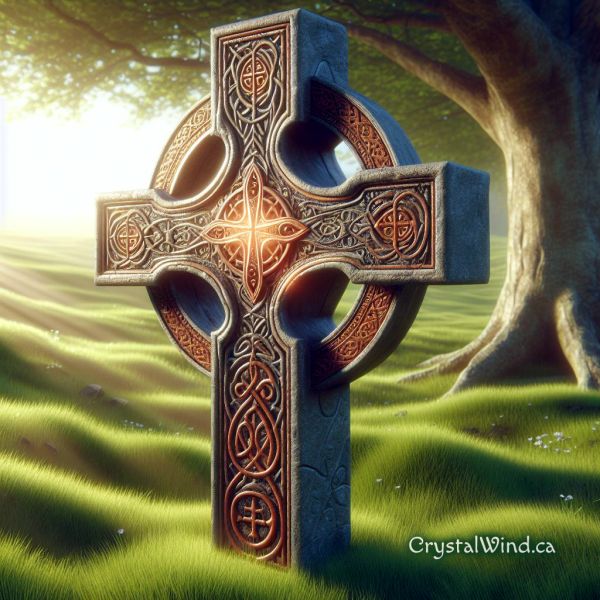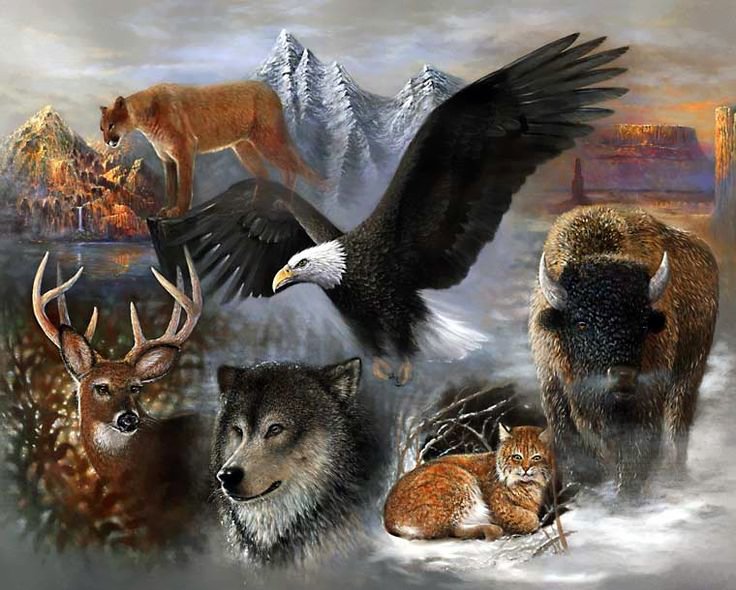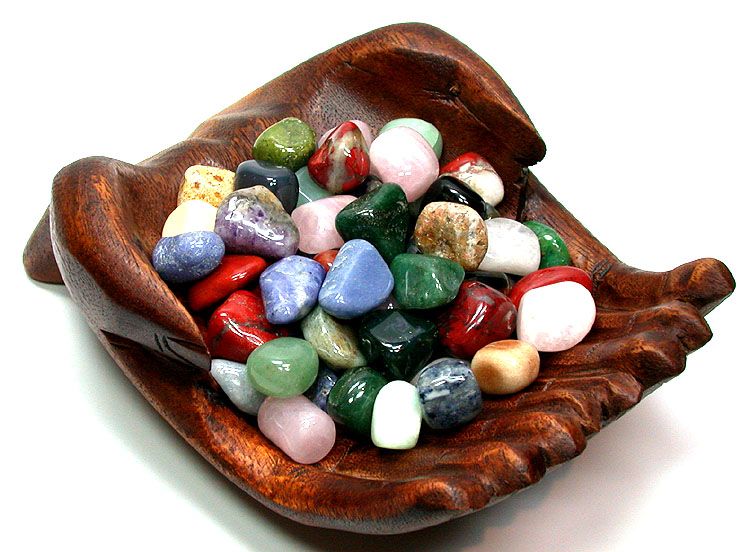Celtic Christianity
- Details
- Written by CrystalWind.ca
- Views: 5054

Celtic Christianity refers to a distinctive form of Christianity that developed in the British Isles during the Early Middle Ages.
It emerged among the Celtic peoples of Ireland, Scotland, Wales, Cornwall, and Brittany, and it had unique characteristics that set it apart from the broader Christian traditions of the time.
Key features of Celtic Christianity include:
- Monasticism: Celtic Christianity had a strong monastic tradition. Monasteries, often located in remote and natural settings, played a central role. Monks and nuns lived in close-knit communities, following a monastic rule, and engaging in prayer, manual labor, and study.
- Connection to Nature: Celtic Christians had a deep connection to nature, seeing it as a reflection of the divine. Many of their monastic sites were situated in places of natural beauty, and they often incorporated elements of the natural world into their spirituality.
- Celtic Art and Symbolism: Distinctive forms of art, such as illuminated manuscripts like the Book of Kells, and unique symbols were associated with Celtic Christianity. Knotwork, interlacing patterns, and intricate designs were used to convey spiritual truths.
- Lack of Centralized Authority: Unlike the Roman Catholic Church, which had a centralized authority in Rome, Celtic Christianity operated with a more decentralized structure. Monastic communities and local leaders had a degree of autonomy.
- Missionary Activity: Celtic Christians were active in missionary efforts, spreading Christianity to various parts of Europe. St. Columba, for example, established a monastery on the island of Iona and played a key role in Christianizing Scotland.
- Integration of Pagan Practices: Some aspects of Celtic Christianity integrated elements of pre-Christian Celtic spirituality. This syncretic approach allowed for a smoother transition to Christianity for the Celtic peoples.
- Distinctive Liturgical Practices: Celtic Christians had unique liturgical practices, including a focus on daily prayer, chants, and a liturgical calendar that reflected the agricultural cycles.
It's important to note that Celtic Christianity existed alongside and interacted with other Christian traditions, and its distinct characteristics were gradually integrated into broader Christian practices. Over time, especially with the influence of the Roman Catholic Church, many aspects of Celtic Christianity diminished. However, in recent times, there has been a revival of interest in and appreciation for the distinctive spirituality of Celtic Christianity.
© 2008-2024 crystalwind.ca. All rights reserved. We track all IP addresses with sniffer technology. Using a Proxy/VPN will not hide your IP address. This post first appeared on CrystalWind.ca.
Liked this article? Dive deeper into personal growth and wellness! Check out CrystalWind.ca for spiritual wisdom or explore AromaWorx.ca for natural well-being tips. Spread the positivity—share this with friends on their happiness journey!
Let’s Chat! Drop Your Thoughts Below! ![]()
Latest Articles

Imagine a world of inspiration and healing, free for all—made possible by YOU!
Donate Now—Ignite the Magic at CrystalWind.ca!

Epilepsy - Finding A Cure
Your donation can make a difference!
Help us find a cure – donate now!
Unlock Your Light: Join Lightworkers Worldwide on CrystalWind.ca!
Articles: Celtic Path
Follow Us!
Featured This Month
Sun in Virgo
An Overview of Sun Sign Characteristics for Virgo Virgo is guided by Mercur... Read more
Watermelon Tourmaline
Synonym: Rainbow Tourmaline The watermelon tourmaline is a rare variety t... Read more
Crystals for Virgo
As the warmth of summer begins to soften into the crispness of autumn, the Sun... Read more
Peridot: The Healer's Stone
Peridot has been used as a Power Stone for centuries. Peridot fosters emotio... Read more
Virgo Mythology
The Virgo Myth In all of constellation mythology, few legends are as misund... Read more
Mabon Magic: Ideas For Fall Decoration And R…
Welcome (almost!) to Fall! We’re turning the Great Wheel once again, toward ... Read more
The Vine: September 2nd - September 29th
The Autumnal Equinox ( Alban Elfed ) Celtic Symbol : The White Swan Read more
Sweet Violet
Sweet Violet Faithfulness and modesty. “I will always be true to you.” Helps... Read more
Mabon in Modern Times: Fresh Takes on the Au…
The Mabon season begins somewhere around the 21st-22nd of September and cont... Read more












































